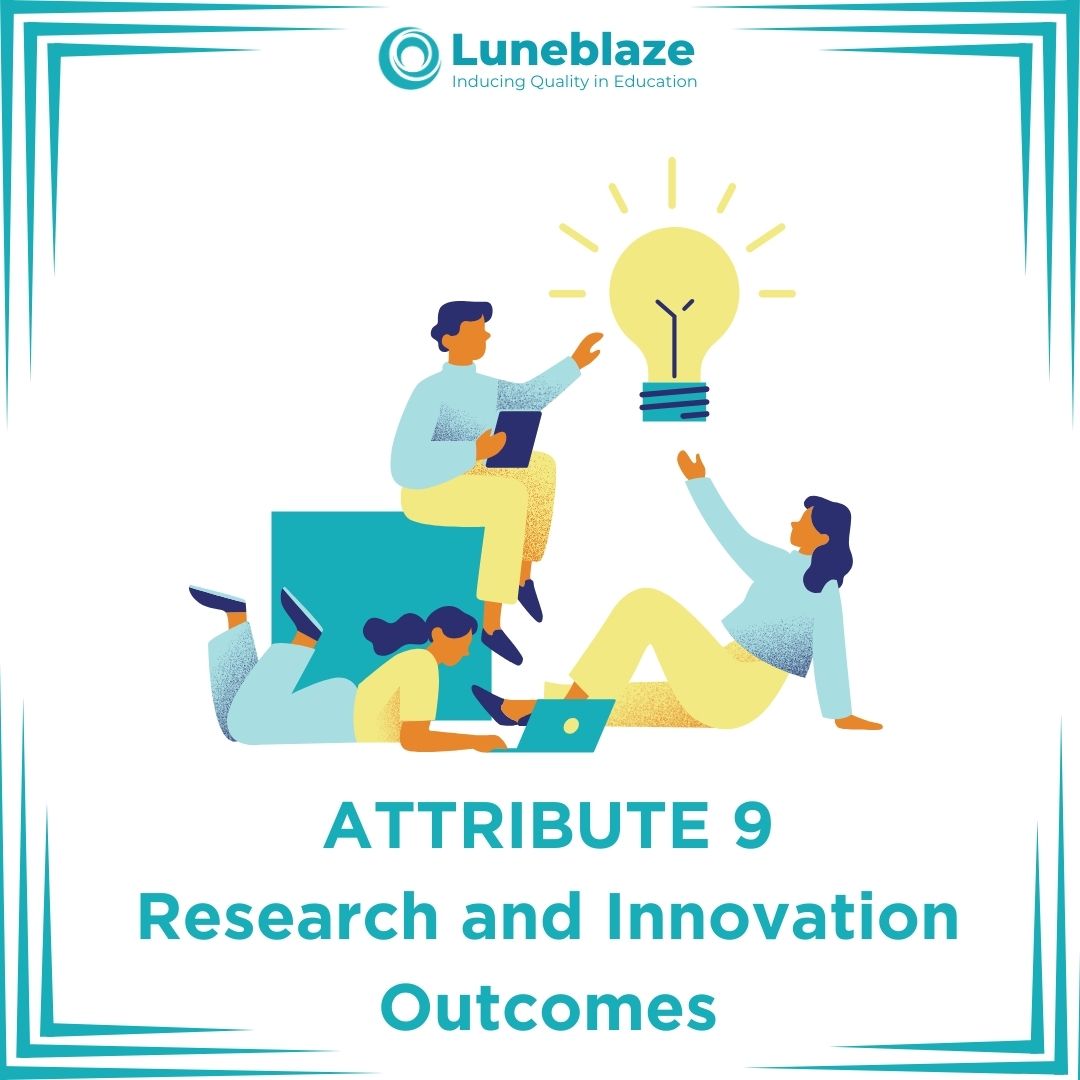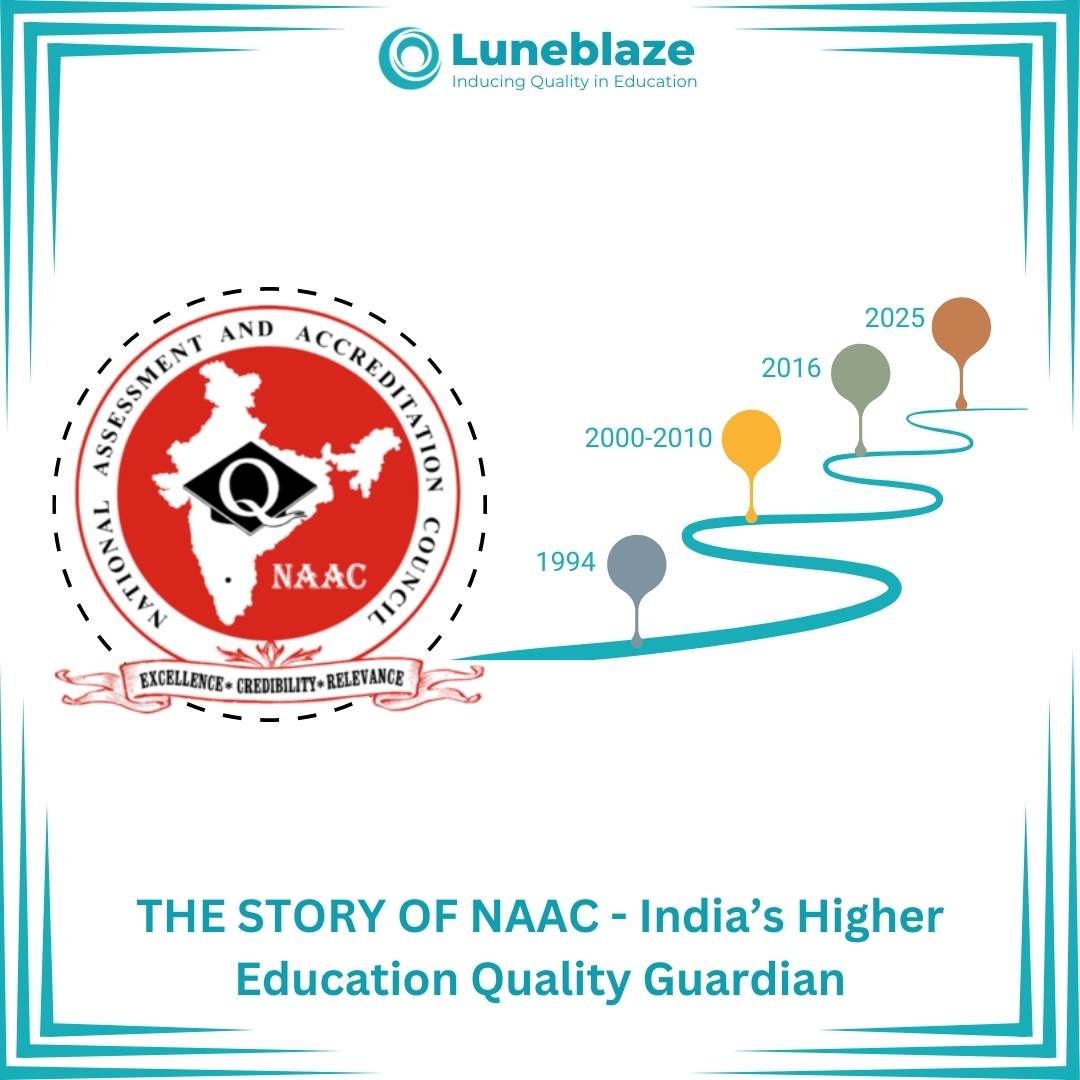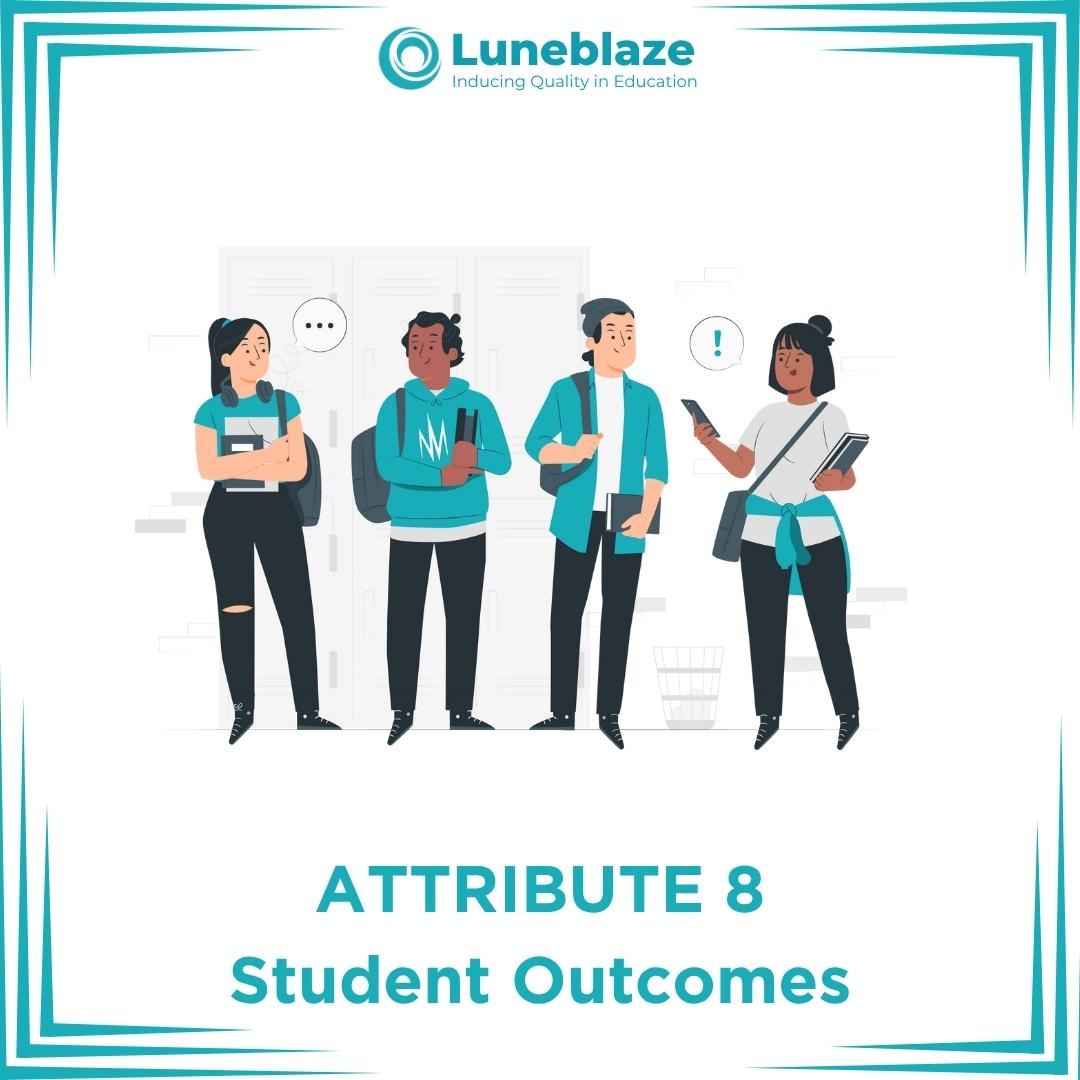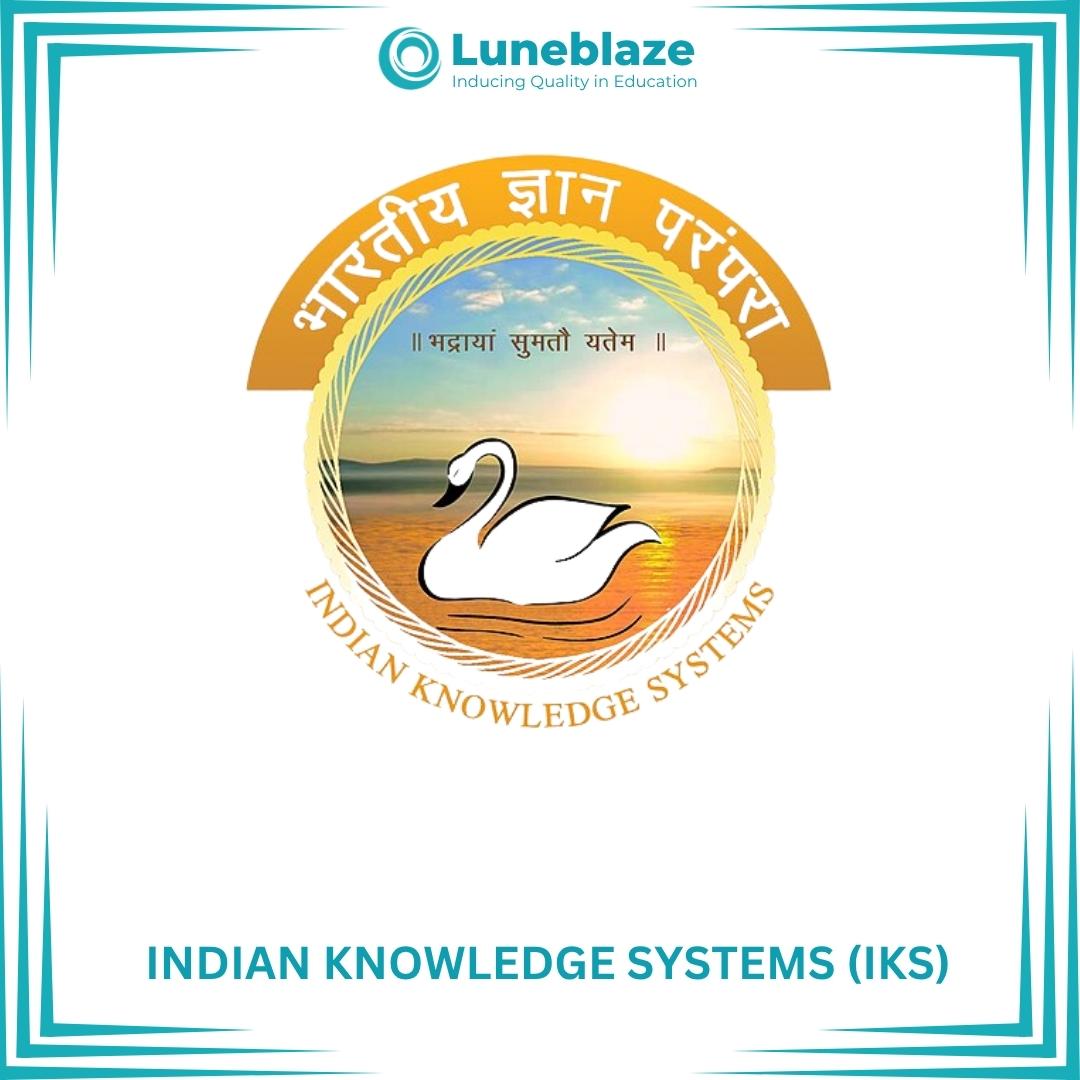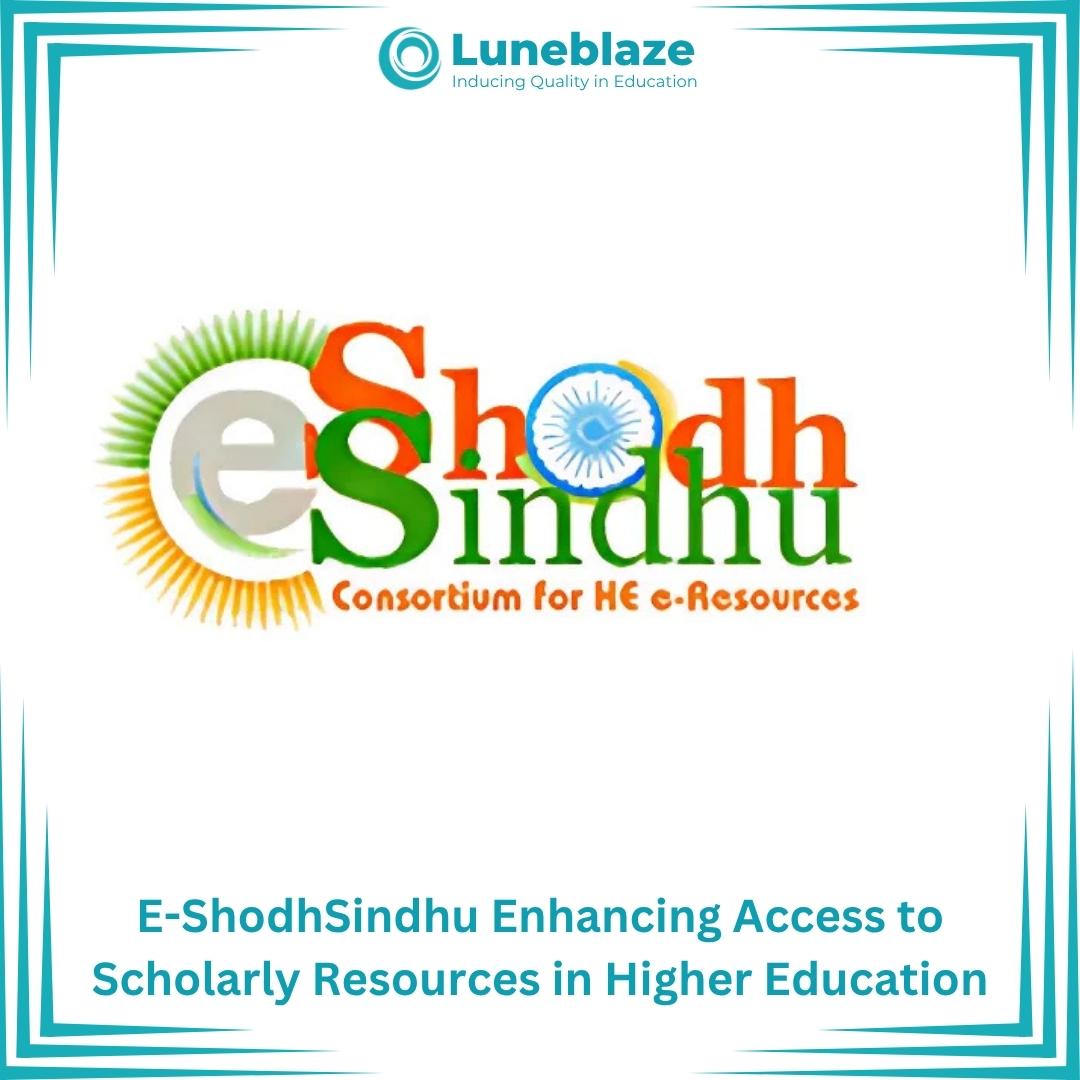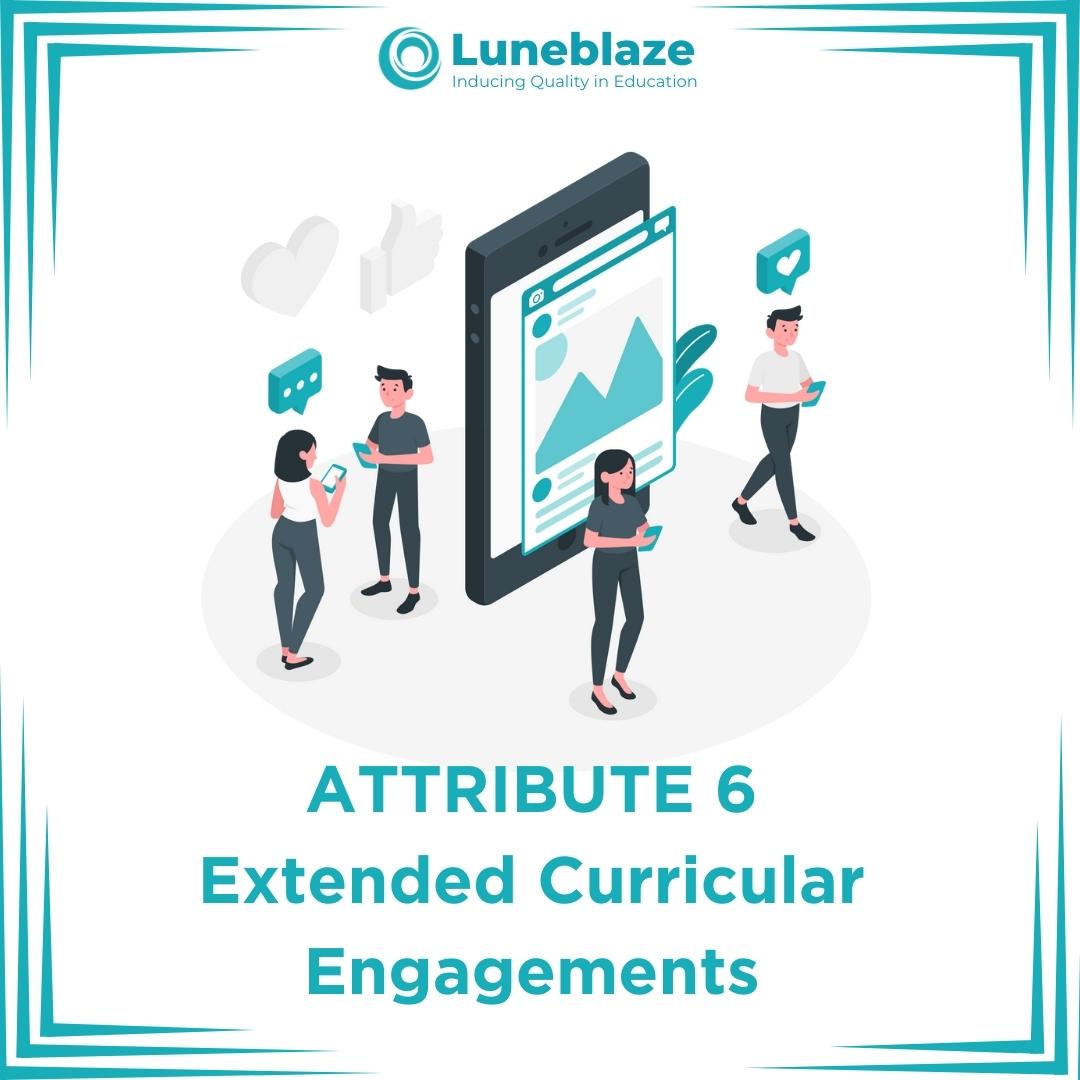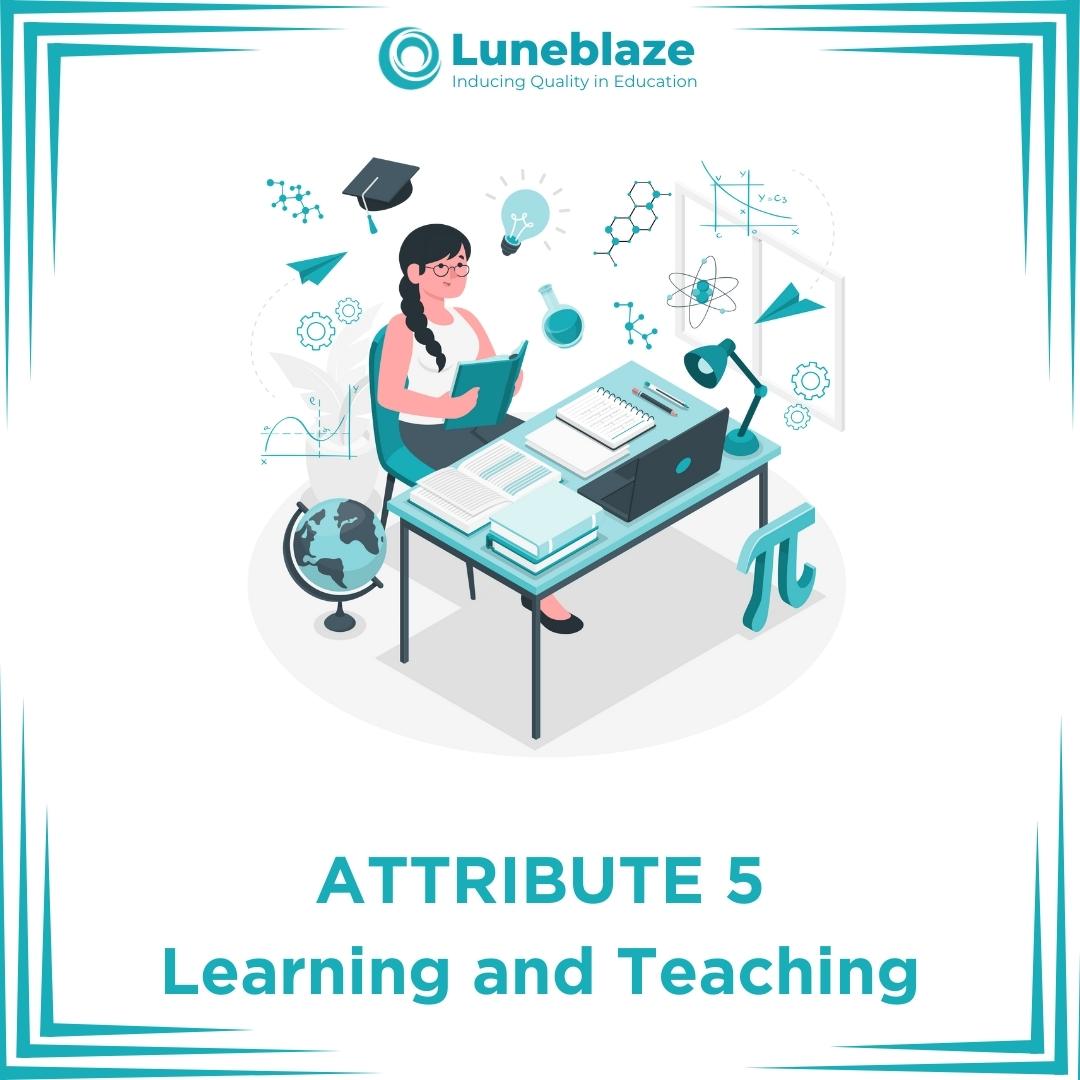Faculty Resources: Attribute 2 in NAAC’s Binary Accreditation Framework
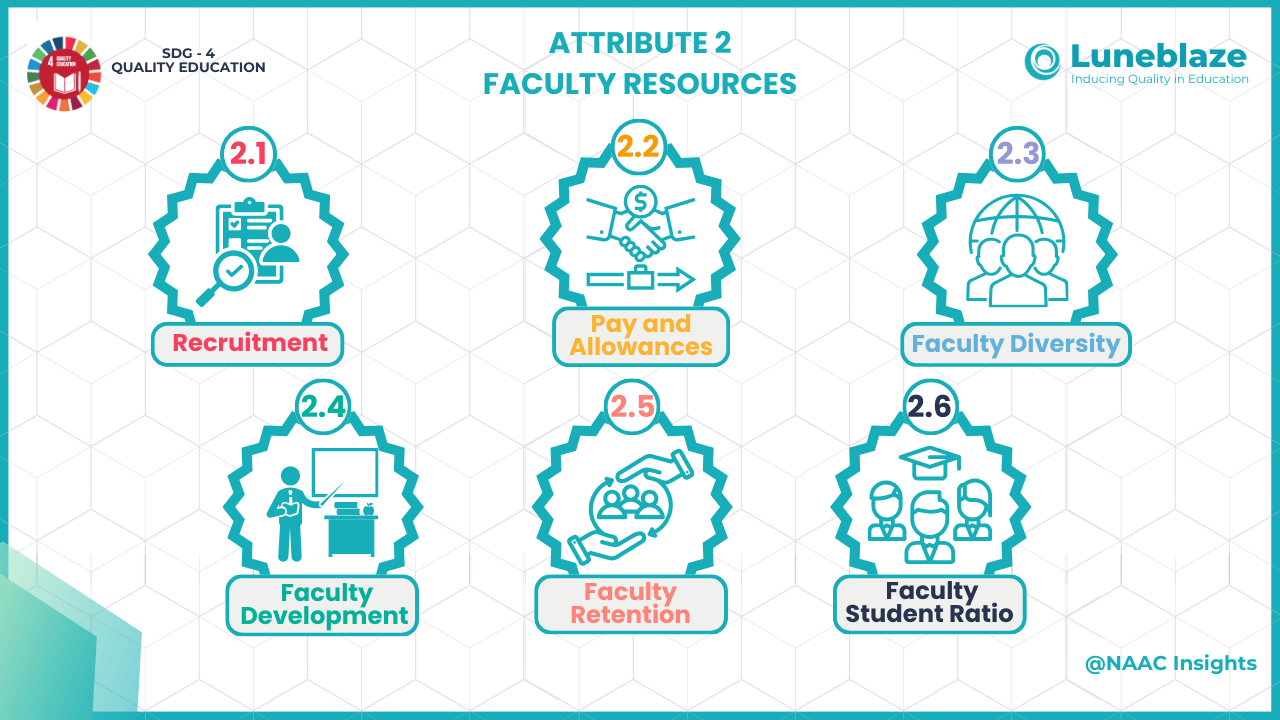
Feb 05, 2025
Imagine a world where higher education institutions not only shape minds but also lay the foundation for the future of education. This vision is realized through NAAC’s accreditation framework, which emphasizes the quality of faculty resources. A skilled and well-supported faculty is crucial for maintaining high teaching and learning standards. Faculty qualifications, development, and student engagement directly impact educational quality. NAAC’s framework guides institutions in ensuring they have the right faculty to drive academic excellence, fostering innovation and success. Let’s explore the key attributes of faculty resources that HEIs must adopt to uphold high standards.
2.1 Recruitment
Effective recruitment practices are essential for building strong faculty resources. The quality of faculty depends on a rigorous, transparent hiring process that adheres to national and institutional standards. This includes shortlisting candidates based on guidelines from Central, State, and other universities, with the list made publicly available. Candidates should have the right to appeal shortlisting decisions to ensure fairness. Selection committees, formed as per UGC 2018 regulations, must include field experts and remain impartial. The selection process should be comprehensive, combining academic scores, written tests, and interviews to ensure the best candidates are chosen. This process ensures the institution maintains the necessary faculty strength and meets regulatory requirements.
2.2 Pay and Allowances
Faculty pay and allowances are key to attracting and retaining top educators. Competitive compensation reflects an institution’s commitment to valuing its faculty and promoting academic excellence. Pay should align with UGC or AICTE norms, ensuring fair compensation and adherence to national standards. Adequate pay and benefits create a motivating environment, encouraging faculty to excel in teaching and research. Institutions offering attractive compensation packages are better positioned to recruit high-quality faculty, enhancing their reputation. Additional allowances like research funding, development stipends, and travel grants further improve faculty satisfaction and foster a positive academic environment.
2.3 Faculty Diversity
A diverse faculty reflects an institution’s commitment to inclusivity and enriches the academic environment by bringing various perspectives, experiences, and expertise. Institutions should aim for balanced gender and geographic representation to mirror the diversity of the student body and society. A varied faculty enhances teaching methods, research approaches, and cultural viewpoints, improving the learning experience. The diversity ratio of faculty is key in assessing an institution’s dedication to inclusivity. It promotes equity, offers students diverse role models, and creates an inclusive academic community. Institutions must prioritize diversity through inclusive recruitment practices to ensure equal opportunities for all faculty.
2.4 Faculty Development
Continuous professional development is crucial for faculty growth and effectiveness. Institutions should invest in programs that keep educators updated on knowledge, pedagogy, and research. This includes workshops, training sessions, and conferences, such as those by AICTE, UGC, and ARPIT. Additionally, sponsoring faculty for industrial training, fellowships, and exchange programs broadens their exposure to industry practices and international research. Supporting faculty in pursuing higher education and certifications is also essential. The percentage of faculty participating in these programs reflects an institution’s commitment to improving teaching standards. By investing in faculty development, institutions enhance education quality, academic reputation, and faculty retention, fostering long-term academic excellence
2.5 Faculty Retention
A stable faculty team is essential for academic continuity, institutional integrity, and high education standards. High turnover can disrupt programs and harm the institution’s reputation. To ensure stability, institutions must create a supportive, rewarding work environment focused on faculty retention, particularly for those with long-term tenure (3+ years). Retention reflects an institution’s ability to build professional relationships and a positive work atmosphere. It requires opportunities for career growth, work-life balance, and strong support. Addressing workload, academic freedom, and faculty involvement in decision-making is also vital. Competitive compensation, research opportunities, and professional development further motivate faculty to stay and contribute to the institution's success.
2.6 Faculty-Student Ratio
Maintaining an appropriate faculty-student ratio is essential for ensuring personalized attention and support for students. A balanced ratio enhances the quality of education, while a high ratio leads to overcrowded classrooms and limited one-on-one interaction, hindering learning. A low ratio provides more individual attention, creating a more engaging educational experience. Institutions should ensure a balanced distribution of faculty across disciplines to support effective teaching and meet students’ academic needs. The faculty-student ratio is also a key metric for accreditation bodies like NAAC, reflecting the institution’s commitment to high educational standards.
By adopting these robust practices, HEIs can ensure that their faculty resources align with national standards, fostering an environment conducive to academic excellence and student success. Institutions that focus on recruitment, diversity, development, and retention will not only comply with accreditation standards but will also create a thriving educational ecosystem that nurtures the growth of both faculty and students. When faculty members are well-supported and motivated, they contribute more effectively to the academic success of their students, leading to better outcomes for the institution as a whole.
To assist these efforts, Luneblaze provides a comprehensive end-to-end solution to HEIs for all their accreditation criteria needs. With the help of Luneblaze’s AI-enabled solutions, HEIs can organize and manage all their data related to accreditation, streamlining the process and ensuring compliance with national standards.
Together, let’s raise educational standards. Reach us at: naac@luneblaze.com
Trusted by
100+
Institutions
worldwide
since 2017
Get started with Accreditation Excellence
Explore how our AI-enabled accreditation solution simplifies the accreditation journey

